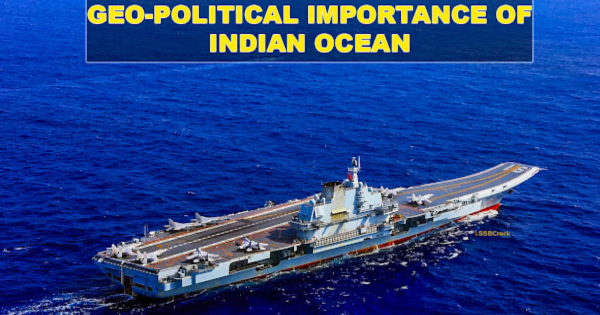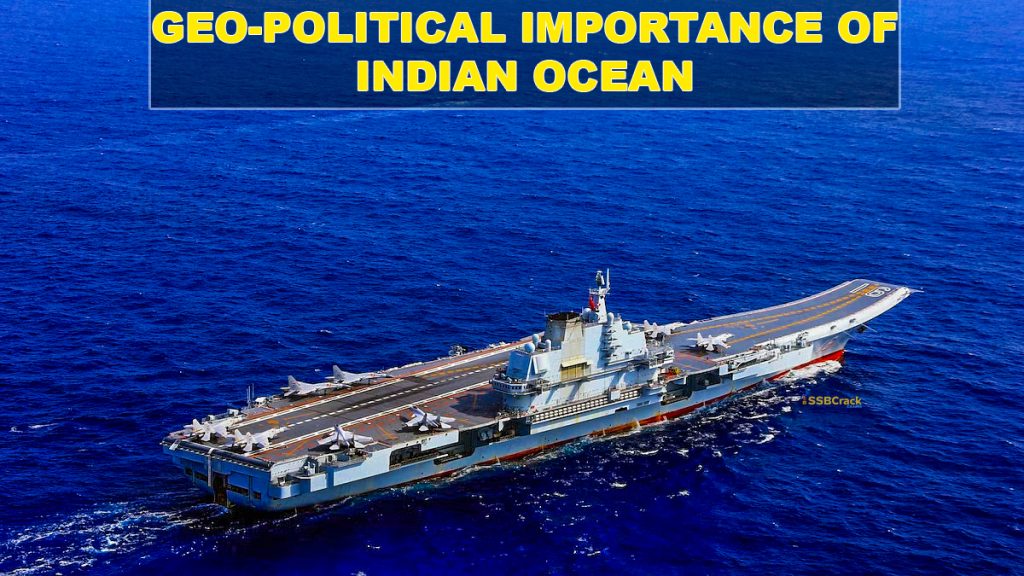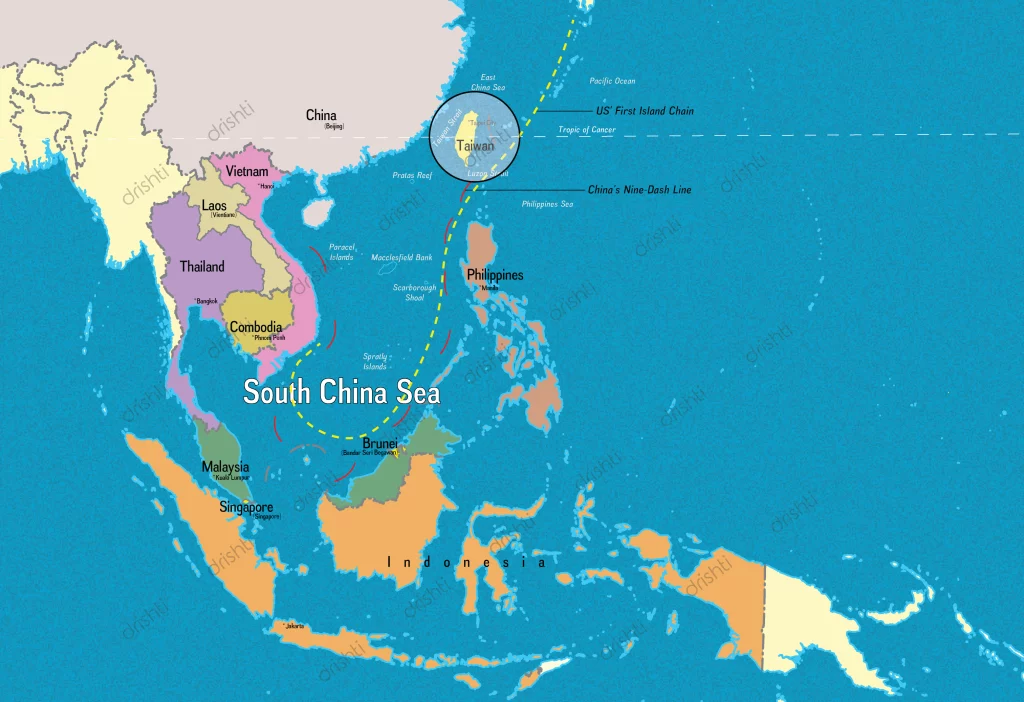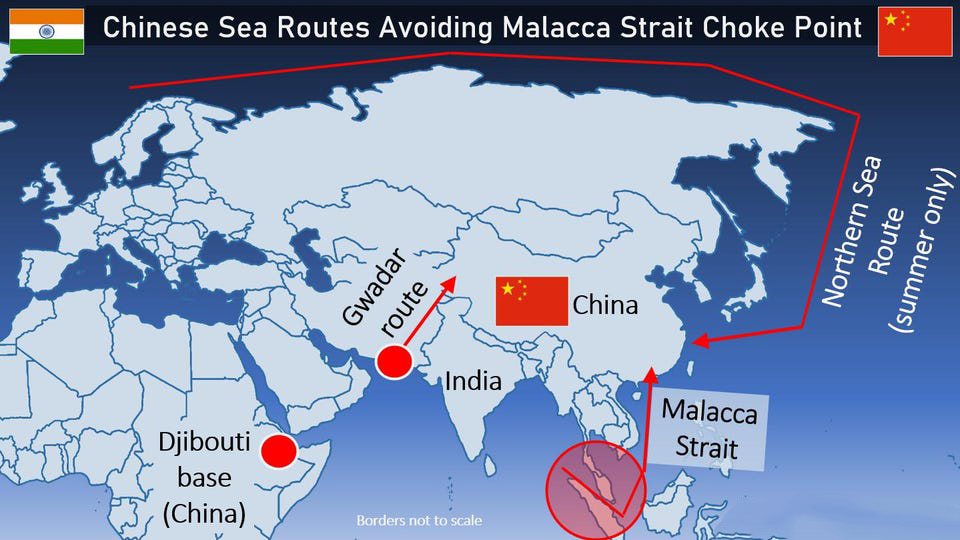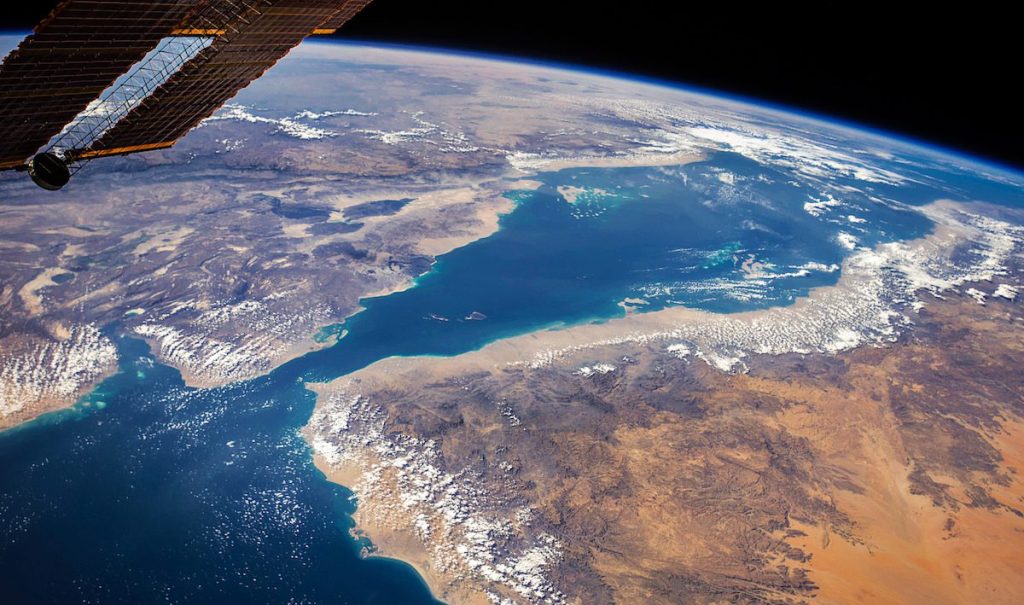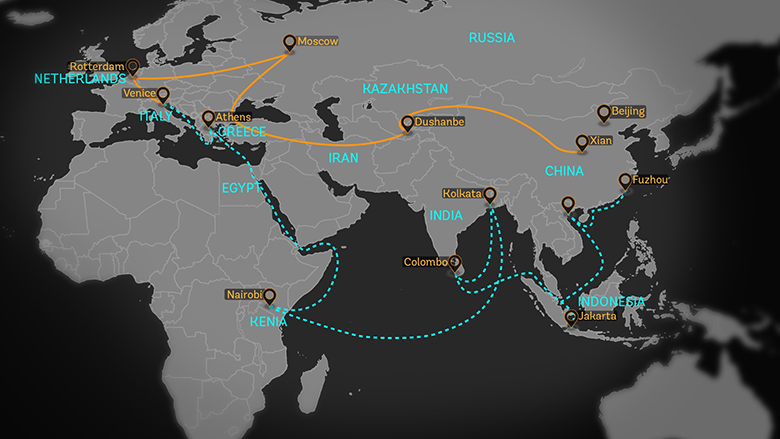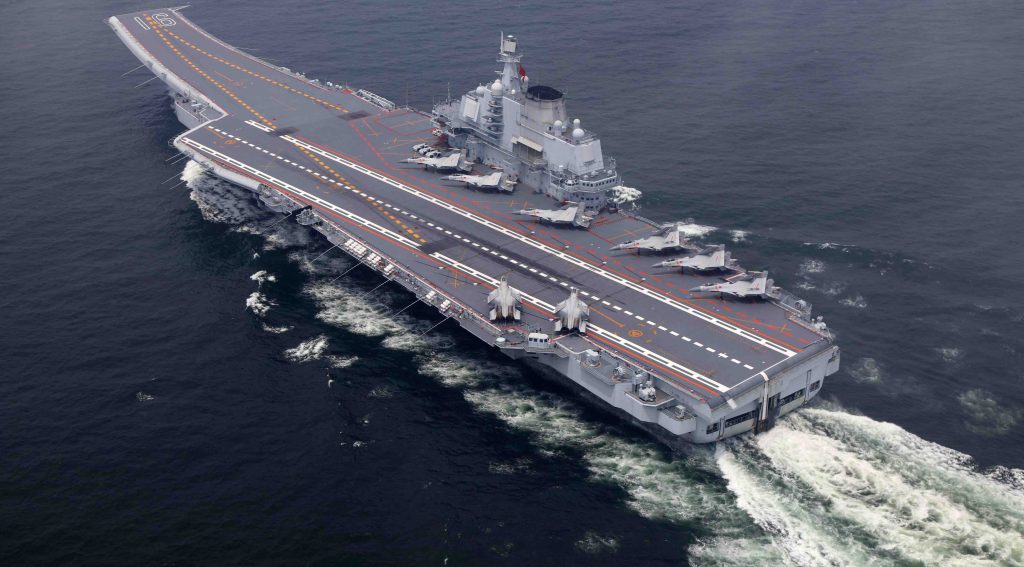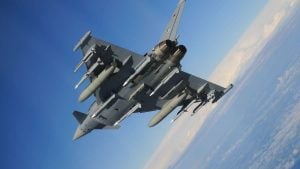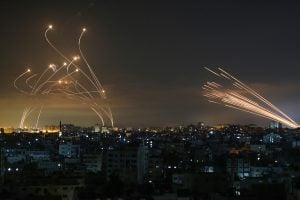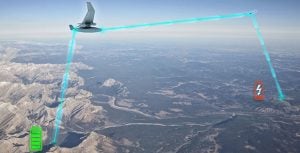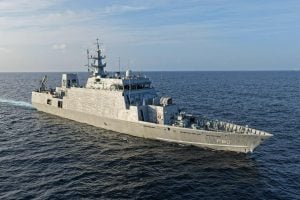The IOR is relevant in four ways. The first is historical relevance. The Indian Ocean has been a zone of human interaction for millennia, with a 1,500-year history of active high seas trade – long before Europeans arrived in 1498. There are adequate proofs to establish that seafaring and maritime trade across these waters has been supplemented with facts of human migration, religious spread, scholar visits, and many more since the pre-historic era. Second, in geopolitics, geography is said to play an important role in influencing peace and security in the region.
Geopolitical Importance of the Indian Ocean
While the focus remains on the western Pacific and the South China Sea, the Indian Ocean is a major geopolitical theatre due to China-US direct interests. The region is home to several key energy-producing countries, including Saudi Arabia, Iran, Iraq, Qatar, and the United Arab Emirates. According to The Gulf News, more than 60% of the world’s oil shipments, primarily from the Middle East to China, Japan, and other Asian economies, pass through the Indian Ocean, as does 70% of all container traffic to and from Asia’s industrialized nations and the rest of the world.
Connectivity across the World through the Straits
In addition to commercial shipping and energy resources, three of the world’s most significant choke points make this Ocean extremely strategic. The Malacca Strait, which connects Southeast Asia and the western Pacific to the Indian Ocean, runs between Malaysia, Singapore, and the Indonesian island of Sumatra.
Because of the energy flows from the Gulf, the Strait of Hormuz, which connects the Gulf to the larger Indian Ocean, is arguably the most critical choke point. Many of China’s, Japan’s, Korea’s, and ASEAN’s energy resources pass through these two points.
The third, the Bab-el-Mandeb strait, connects the Red Sea to the Indian Ocean and flows between the Horn of Africa and Yemen on the Arabian Peninsula. The Mozambique Channel, which connects Madagascar and Mozambique, is also an important trading route for goods transiting the Cape of Good Hope to Europe, the Americas, and Asia.
In recent years, China’s emphasis as the world’s second-largest economy, as well as its need to protect its trade and energy supplies, has put it on a collision course with the United States and its regional allies (Quad) -US, Japan, Australia, and India and more recently the AUKUS, which is an acronym for Australia, United Kingdom, and the United States).
China has emerged as a strong partner for the Indian Ocean’s islands and littoral countries, building on its anti-piracy missions around the Horn of Africa. According to The Gulf News’ opinion piece, China’s Maritime Silk Road, part of the Belt and Road Initiative, has provided an additional platform for collaboration on economic and possibly military issues.
China established its first overseas military facility in Djibouti, on the Indian Ocean coast, in 2017. While France, Japan, and the United States already have facilities in Djibouti, Gulf News believes that the Chinese base solidifies China’s position as a new player in the region.
China has become the world’s largest mercantile nation after opening its economy over the last 40 years. According to the World Trade Organization, China’s imports and exports in 2021 will total USD 6,052.4 billion. The country is on track to overtake the United States as the world’s largest economy in the near future.
The modernization of China’s military to protect its economic interests directly challenges America’s dominance in the Indian Ocean. As a result, the US is wary of allowing China to dominate the region. This conflict is a central geopolitical issue in the twenty-first century.
As part of its Belt and Road Initiative, China has made significant investments in infrastructure projects such as ports, roads, and railways in countries along the Indian Ocean (BRI). This aims to improve connectivity and promote economic development in the region, which will make it easier for Chinese goods to transit to the Indian Ocean.
China has increased its naval deployments into the Indian Ocean in recent years and has developed what some analysts refer to as a “string of pearls,” a network of commercial facilities along the Indian Ocean littorals.
Conclusion
As the military tempo in the Indian Ocean picks up, the predictions of Alfred Mahan, the most important American strategist of the nineteenth century, appear to be coming true. He stated, “Whoever controls the Indian Ocean has control over Asia. This ocean holds the key to the other seven seas.”
To crack the SSB Interview and join the Indian Army as an Officer, You can join our SSB interview live classes batch and we recommend you to Enroll SSB INTERVIEW ONLINE COURSE. Trusted by thousands of defence aspirants.
Also Read:
- All About Paris Club: SSB Interview Lecturette Topic
- PM Narendra Modi Has Been Named The Most Popular Leader In The World
- Hindenburg Report On Adani – Here’s What You Need To Know
- India At WEF Davos Summit 2023: Here Are 10 Key Highlights
- Pakistan Economic Crisis 2023: SSB Interview Topic [Fully Explained]
- Joshimath Crisis: What Does “Land Subsidence” Mean, And Why Does It Happen?
- Top 10 Animal Conservation Projects In India [MUST WATCH]
- What Is Shanghai Cooperation Organisation (SCO) Summit 2022? [Fully Explained]
- 20 SSB Interview Questions On Russia Ukraine Crisis
- What Is The (India-Israel-UAE-USA) I2U2 Summit? [Fully Explained]
- What Is International North-South Transport Corridor (INSTC)?
- What Is Sri Lankan Crisis? [Fully Explained]
- What Is The BIMSTEC Grouping And How Is It Significant? [EXPLAINED]
- What Is The Places Of Worship (Special Provisions) Act, 1991? [Explained]
- What Is Bodo Accord | SSB Interview Notes [Fully Explained]
- What Is AFSPA: Armed Forces (Special Powers) Act?
- What Is G20 Or Group Of Twenty Countries?
- What Is AFSPA: Armed Forces (Special Powers) Act?
- What Is The Financial Action Task Force (FATF)? [Fully Explained]
- What Is Quadrilateral Security Dialogue (QUAD)?
- Difference Between NATO Vs Russia [Expained]
- What Is United Nations Security Council (UNSC) [Explained]
- Everything You Need To Know About SAARC: South Asian Association For Regional Cooperation
- All About Russia Ukraine War: SSB Interview Topic [Fully Explained]
